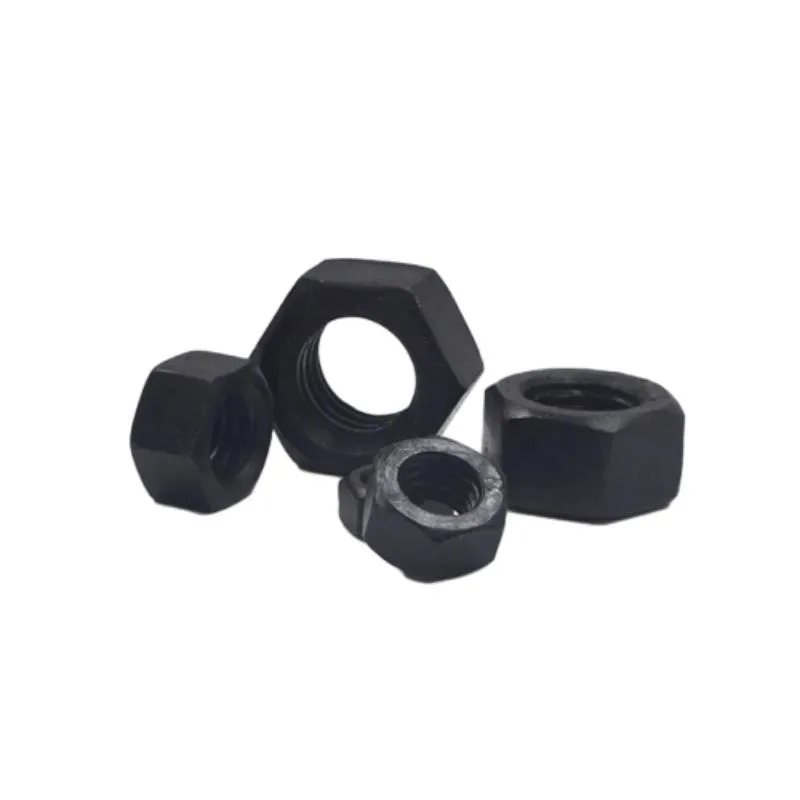Dec . 04, 2024 00:16 Back to list
Understanding the Functionality and Applications of Butterfly Screws in Various Industries
The Marvel of Butterfly Screws A Closer Look
Butterfly screws, also known as butterfly fasteners or wing screws, are a unique type of fastening device that combines functionality with ease of use. Their design features two wings extending from a central shaft, which allows them to be easily manipulated by hand without the need for tools. This characteristic makes butterfly screws particularly useful in various applications where quick assembly and disassembly are required.
Design and Functionality
The distinct feature of butterfly screws is their winged heads, which resemble the wings of a butterfly—hence the name. When one turns the screw, the wings rotate, enabling the user to tighten or loosen the screw by hand. The design is simple yet effective, providing a strong grip and reliable hold when fastened. The screw's thread is usually designed to provide a secure fit into a corresponding hole, typically found in materials like wood, plastic, or metal.
Butterfly screws come in various sizes and materials, ranging from lightweight plastic to more robust stainless steel variants. The choice of material often depends on the application; for example, plastic butterfly screws are commonly used in lightweight applications, while metal screws are preferred for heavier loads and durability.
Applications
The versatility of butterfly screws makes them useful in numerous applications. One of the most common uses is in the assembly of furniture, especially flat-pack furniture that requires easy assembly and disassembly. Manufacturers appreciate butterfly screws because they simplify the assembly process for the end-user, making it less time-consuming and more accessible.
butterfly screws

In addition to furniture, butterfly screws are widely used in the production of electronic devices. Many electronic casings employ butterfly screws for their ease of access, allowing users to open and close devices quickly for maintenance or repair. This feature is especially advantageous in devices where components may need to be replaced or upgraded frequently.
Other applications include automotive and aircraft industries, where butterfly screws are used to secure sections that may need regular access. For instance, in aircraft maintenance, technicians often use butterfly screws to gain quick access to engine compartments or avionics bays without needing special tools.
Benefits
One of the primary advantages of using butterfly screws is the ability to fasten and unfasten them quickly and without tools, making them ideal for situations where time is of the essence. This ease of use can lead to reduced assembly times, less frustration for users, and an overall improvement in efficiency.
Additionally, butterfly screws are often designed to prevent slippage, thanks to their winged structure, which provides a better grip compared to conventional screws. This design feature helps maintain secure closures, reducing the risk of components loosening over time due to vibration or movement.
Conclusion
Butterfly screws are a testament to the intersection of design and functionality, offering a practical solution to various fastening needs. Their easy-to-use design, coupled with their versatility across multiple industries, makes them a preferred choice for many applications. Whether in assembling furniture, electronics, or automotive components, butterfly screws exemplify how a simple innovation can significantly enhance efficiency and user experience. As technology advances, the future may hold even more sophisticated iterations of this ingenious fastening solution, further embedding butterfly screws into the fabric of everyday construction and manufacturing.


